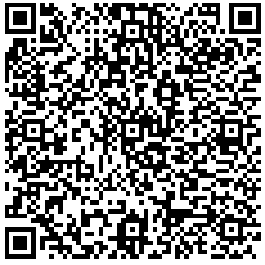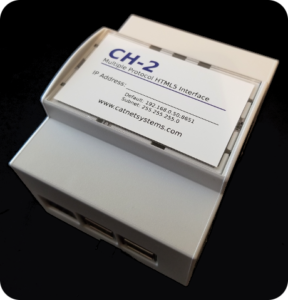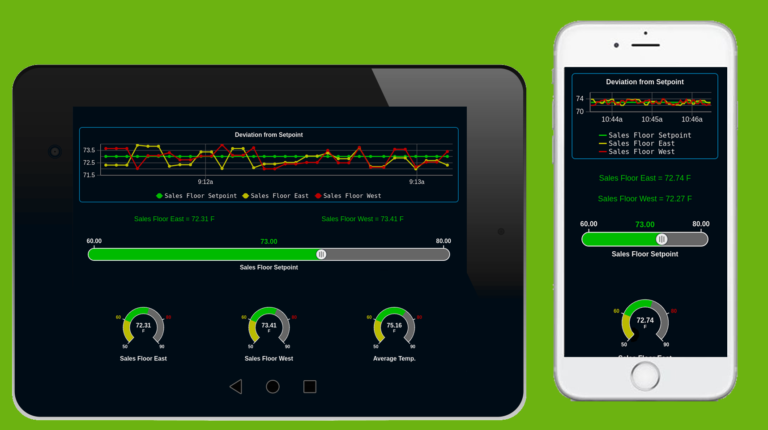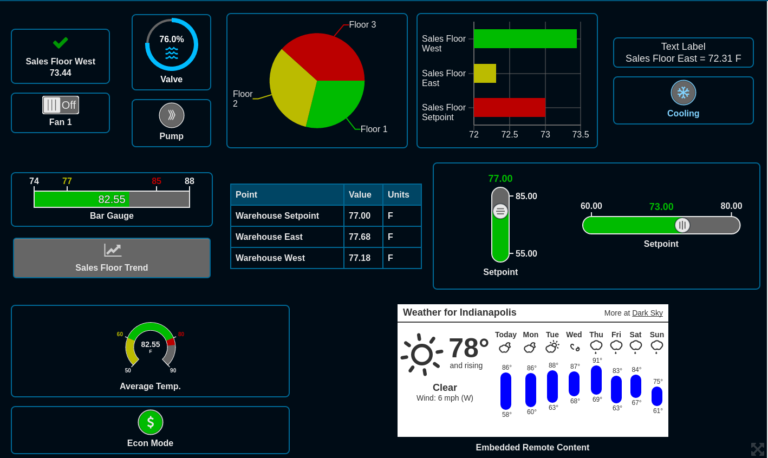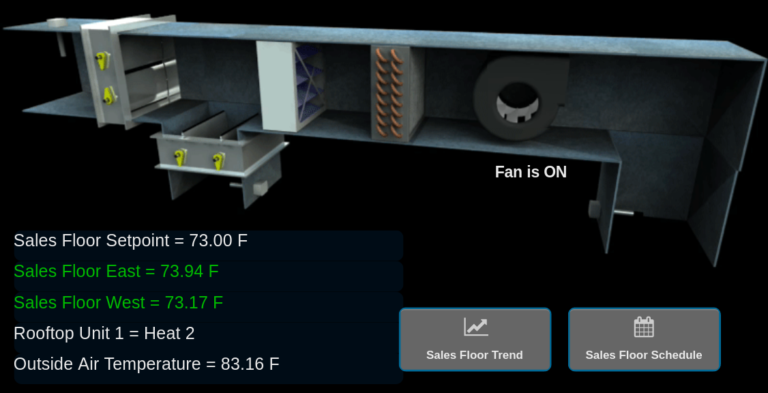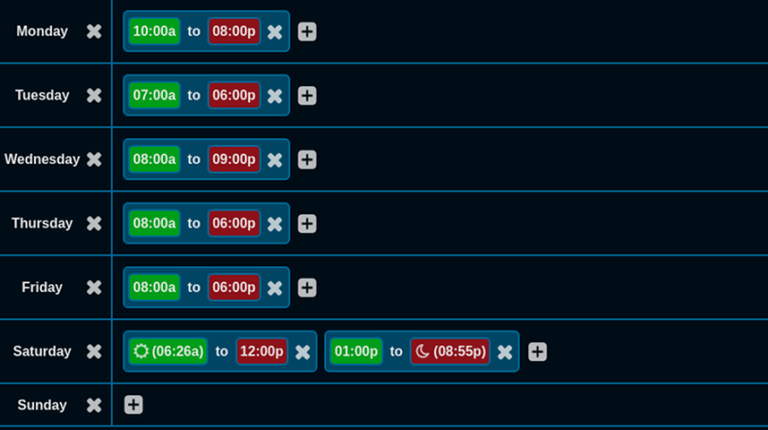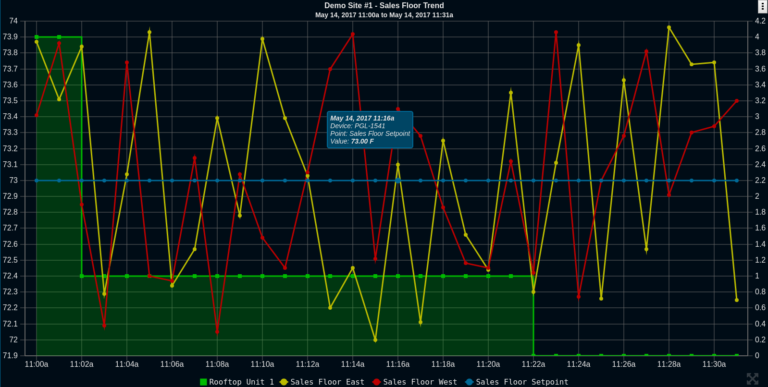catnet CH-2
CH-2 Overview
The CH-2 is a stand-alone, embedded, web-based graphical interface for building automation and process/access control systems. Multiple simultaneous protocols are supported including BACnet/IP, ModBus/485, ModBus/TCP and LonWorks.
(click images to enlarge)
Hardware
The CH-2 uses flash memory for internal storage. It contains no hard disk or other moving parts. The Linux operating system is used for enhanced security and stability. The CH-2 is totally self-contained.
Platform
The CH-2 is designed to automatically adjust to any screen size and orientation. This allows it to be used in browsers on a PC, tablet or mobile phone with no changes or special effort necessary. Supported browsers are Chrome (PC/Android) and Safari (iPhone/iPad). Most other browsers should work, with possible minor visual differences.
Interface
All set up and user interactions are performed via a web browser. No dedicated PC or external applications are required. The user interface utilizes HTML5 to allow for advanced graphical features and drag and drop setup. No knowledge of HTML, XML, JavaScript or any other programming language is required.
- Supports BACnet IP, ModBus 485/TCP, and LonWorks.
- Reads XML over HTTP for weather or other data.
- Runtime accumulation with email notification.
- Alarm condition monitoring with email notification.
- Calculated point values (average, min, max, etc).
- Simple scripting language for light control logic.
- Multiple simultaneous users.
- Activity log for tracking important user actions.
- Template system for quickly cloning points, dashboards, devices or entire networks.
- Flexible point addressing system allows access to most proprietary structures, bit fields and objects.
- Calculations may be performed on data points when read and/or written (e.g. Deg. F to Deg. C or scaling).

